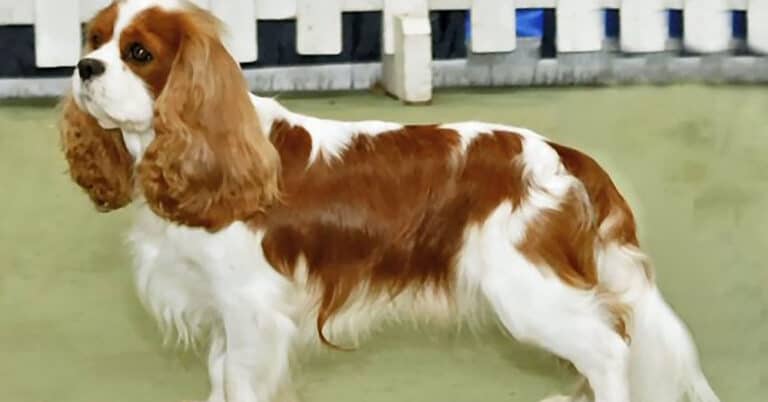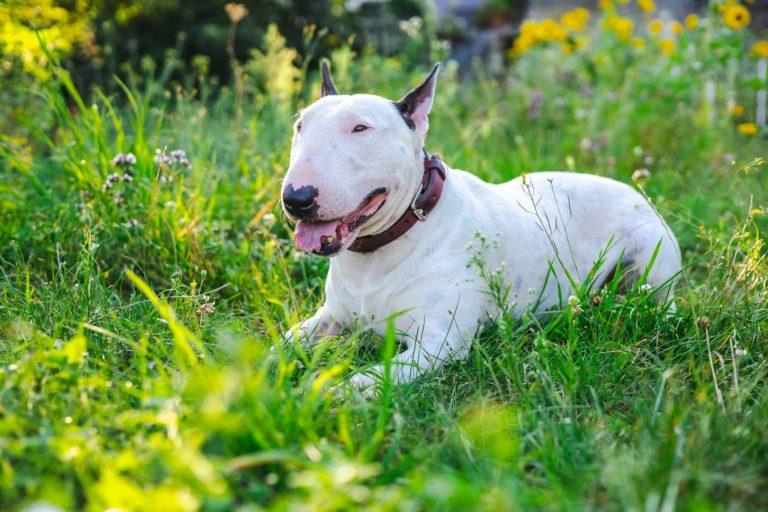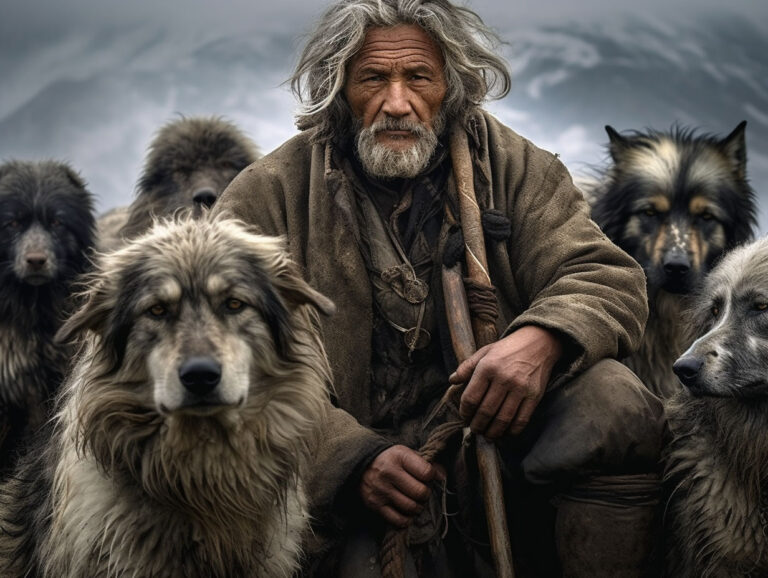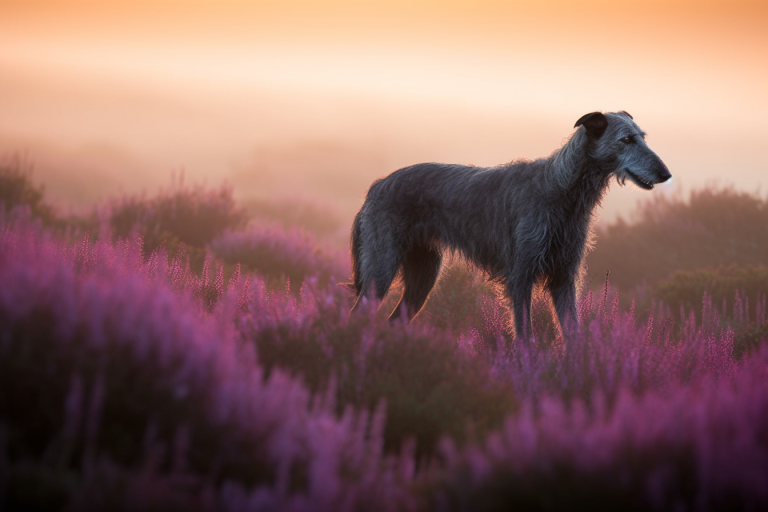American Eskimo Dog: White Watchdog
 The AKC recognized the American Eskimo Dog (Eskie) in 1994 in the non-sporting group. This white dog makes an outstanding watchdog family companion with its spitz-like features.
The AKC recognized the American Eskimo Dog (Eskie) in 1994 in the non-sporting group. This white dog makes an outstanding watchdog family companion with its spitz-like features.
They have a classic spitz’s physical makeup but an all-white double coat. Its ears are short and thick, which protects them from cold weather. This breed comes in three sizes: toy, miniature, and standard.
The standard Eskie is 5-19 inches tall and weighs 25-35 pounds. The toy Eskie is 9-12 inches tall and weighs 6-10 pounds. The miniature Eskie is 12-15 inches tall and weighs 10-20 pounds.
White was typically the desired color in the United States despite not necessarily being recognized in the many German Spitz breeds. Around World War I, dog owners started calling their pets American Spitz rather than German Spitz in an act of patriotism.
Brief History Of The American Eskimo Dog
The American Eskimo Dog (also known as the Eskie) is a spitz breed. The breed descended from one of the spitz varieties from Germany. Other breeds that went into making the Eskimo Dog were the Pomeranian, Volpino Italiano, and the Keeshond. Other names used for the Eskie are American Spitz and German Spitz.
By the early 1900s, European immigrants had brought these dogs to the United States. 1913 they began registering with the United Kennel Club (UKC). By the 1920s, due to hatred toward Germany during World War I, Americans started calling the dog the American Spitz rather than the German Spitz. The American Spitz changed its name to the American Eskimo Dog sometime after World War I.
The popularity of dogs as pets persisted after World War II. The Japanese Spitz, which may have been bred into the breed during this period, was imported into the United States due to postwar relations with Japan. The American United Kennel Club (UKC) first recognized the breed as the “American Eskimo” in 1919, and the UKC published the breed’s first written history and description in 1958.
Eskies Join the Circus
The circus coming to town during the 1930s and 1940s was a big deal. The American Spitz was a popular performer with the Barnum and Bailey Circus. The chaos sold puppies after performances, and these intelligent, good-looking, talented dogs became very popular. One particular dog, named Pierre, gained fame as a tightrope walker.
The history of the Spitz and the circus dates back to Germany, although German circuses used the Spitz on an equal footing with other breeds and mixed breeds.
Spitz was reportedly seen traveling with gypsies. The dogs would also alert the local police enforcement when a stranger was near. The gypsies would train the dogs to do tricks because the breed was simple to prepare, attractive, and intelligent. They would then extend an invitation to nearby residents to come and observe the dogs, obviously for a charge. A few European circuses started incorporating the Spitz into their performances.
There is a legend that the P.T. Barnum and Bailey Circus used a Spitz in one of its performances called “Bido” in the 1920s. (In reality, older pedigrees from that era have information on “Bido,” a dog from the Midwest.) There is no evidence to support the claim that this dog was the only one to be taught to walk a tightrope.
Numerous canines were utilized in the acts of circuses. Although the American Eskimo Dog was undoubtedly used in circus performances, it was never bred or explicitly trained as a circus dog.
Taking Care of the Eskie
 This dog breed needs plenty of daily exercise. The amount of activity required depends on the size of the dog. The standard versions need a good workout each day. The miniature and toy versions only need a few walks and a romp around the living room. All Eskies love to run and play, and since they are Nordic dogs, they do well in the cold.
This dog breed needs plenty of daily exercise. The amount of activity required depends on the size of the dog. The standard versions need a good workout each day. The miniature and toy versions only need a few walks and a romp around the living room. All Eskies love to run and play, and since they are Nordic dogs, they do well in the cold.
Despite its name, the Eskie has no ties to Alaska. ( Eskimo, when applied to people, is now considered offensive to some.) Eskies do well in cool temperatures. However, Eskies are house dogs and like spending most of their time indoors with the family. The grooming requirements for the breed consist of thoroughly brushing its double coat twice weekly.
How Healthy Is the American Eskimo Dog
The average lifespan of the American Eskimo Dog is between 12 to 14 years. They usually do not have any significant health concerns in the breed. Minor health issues include PRA, CHD, and patellar luxation. Rarely seen is diabetes. Veterinarians suggest you test your American Eskimo Dog for eye, hip, and knee problems.
Visit the American Eskimo Dog Club of America for more information about this breed.
Similar Dog Breeds
[table id=17 /]






